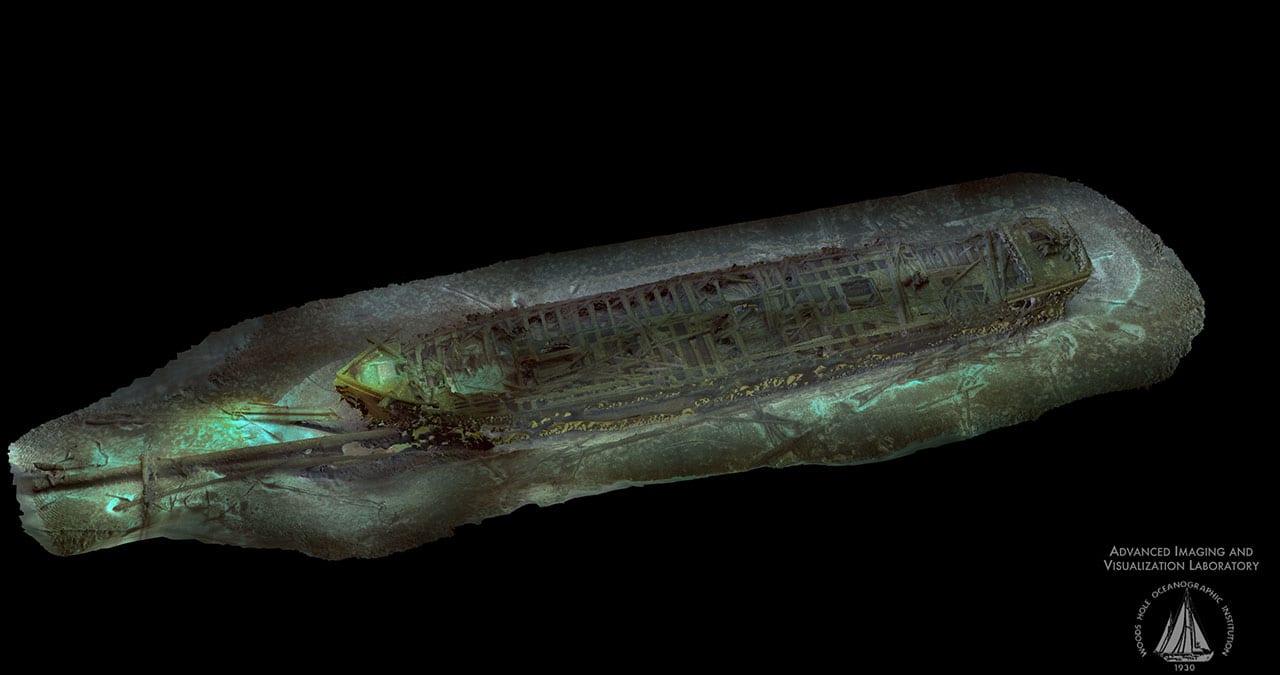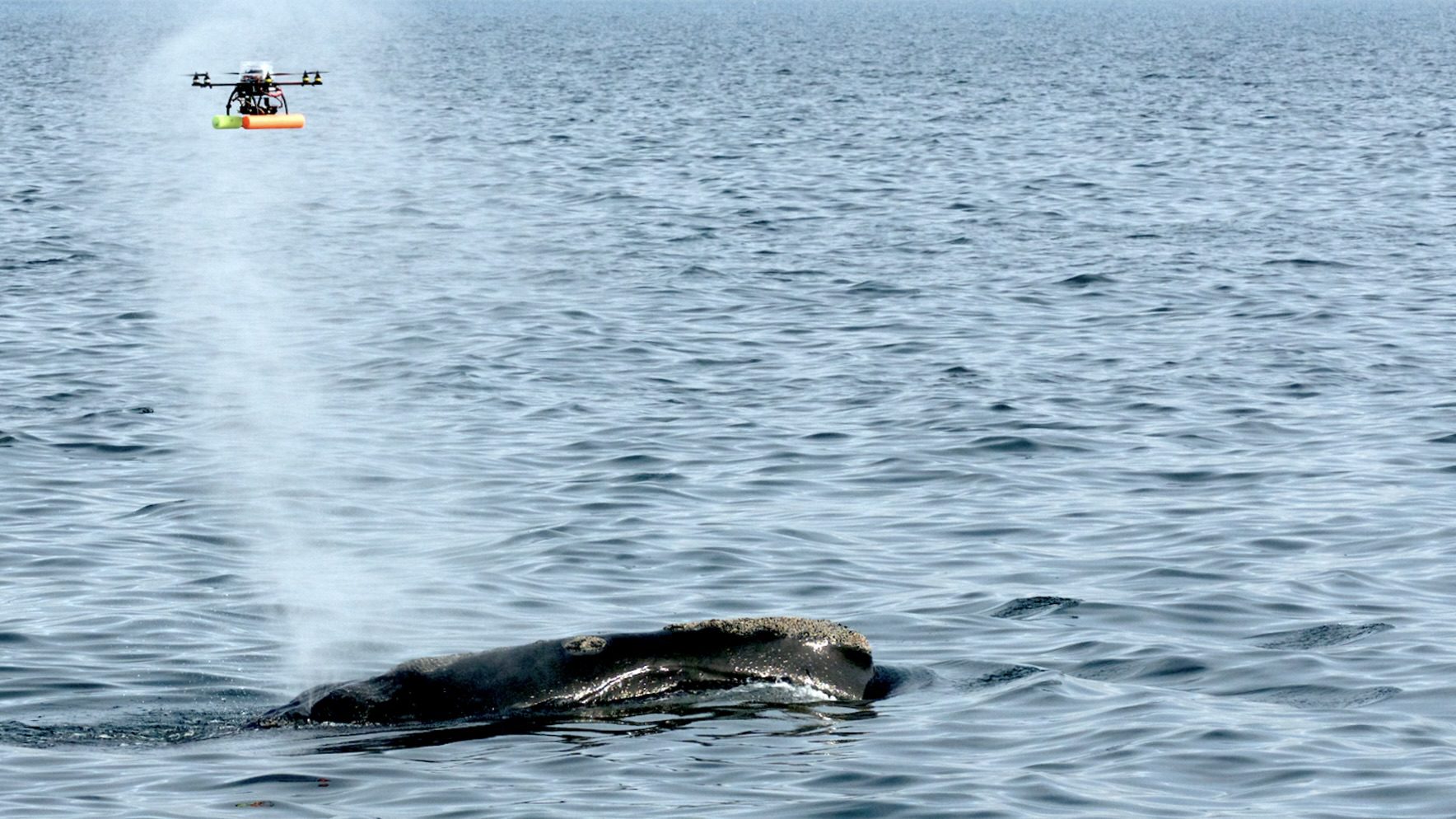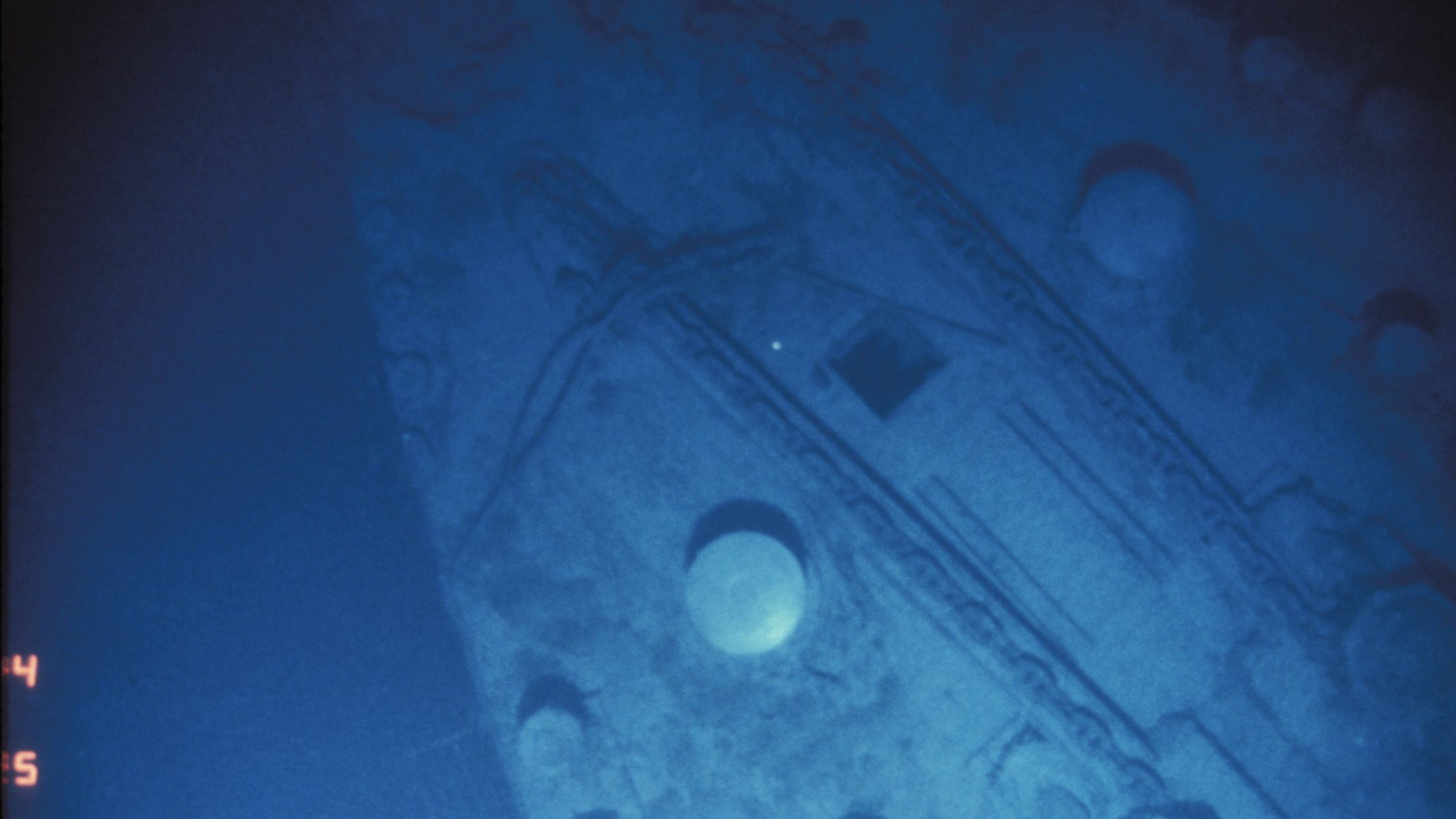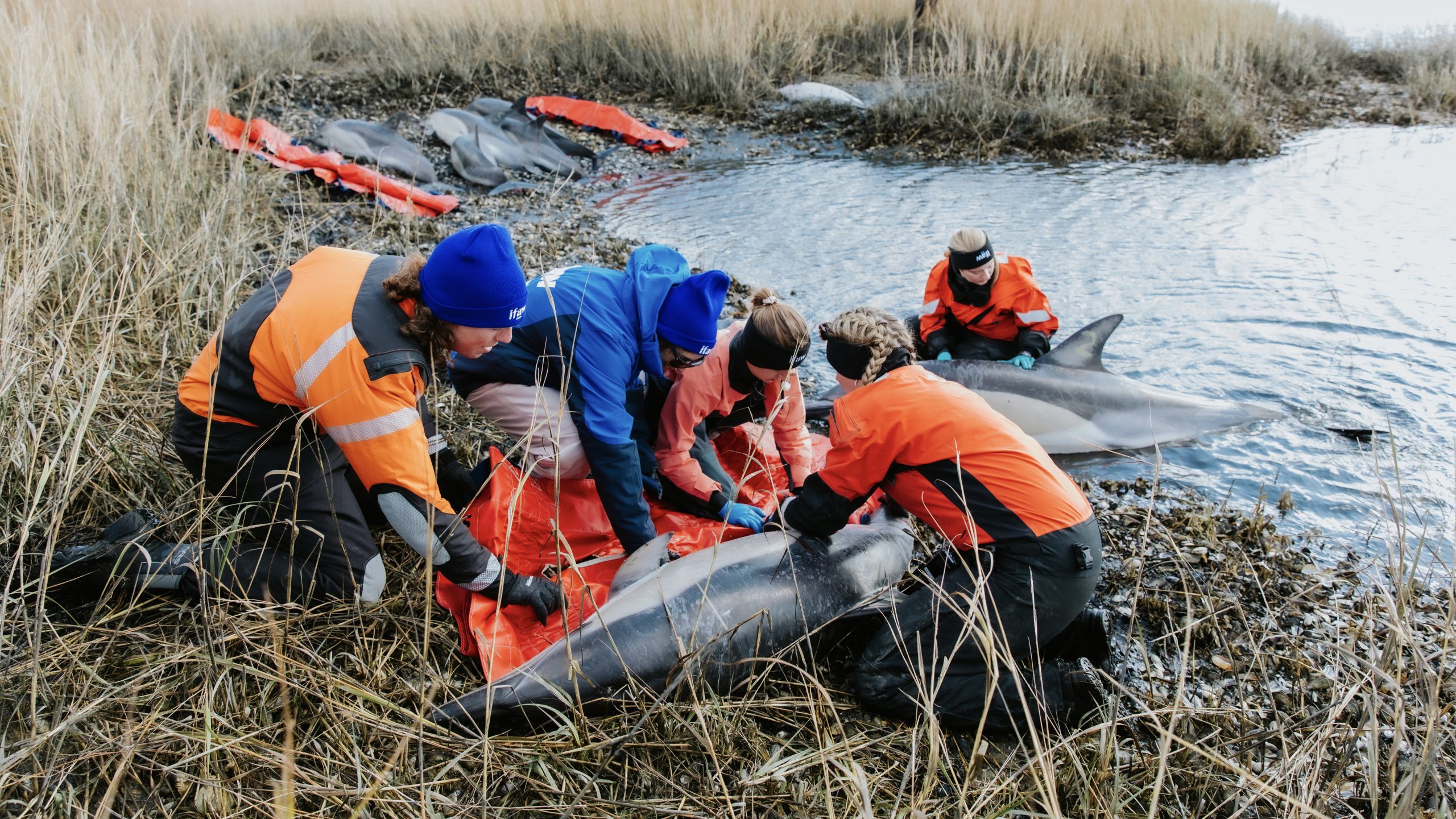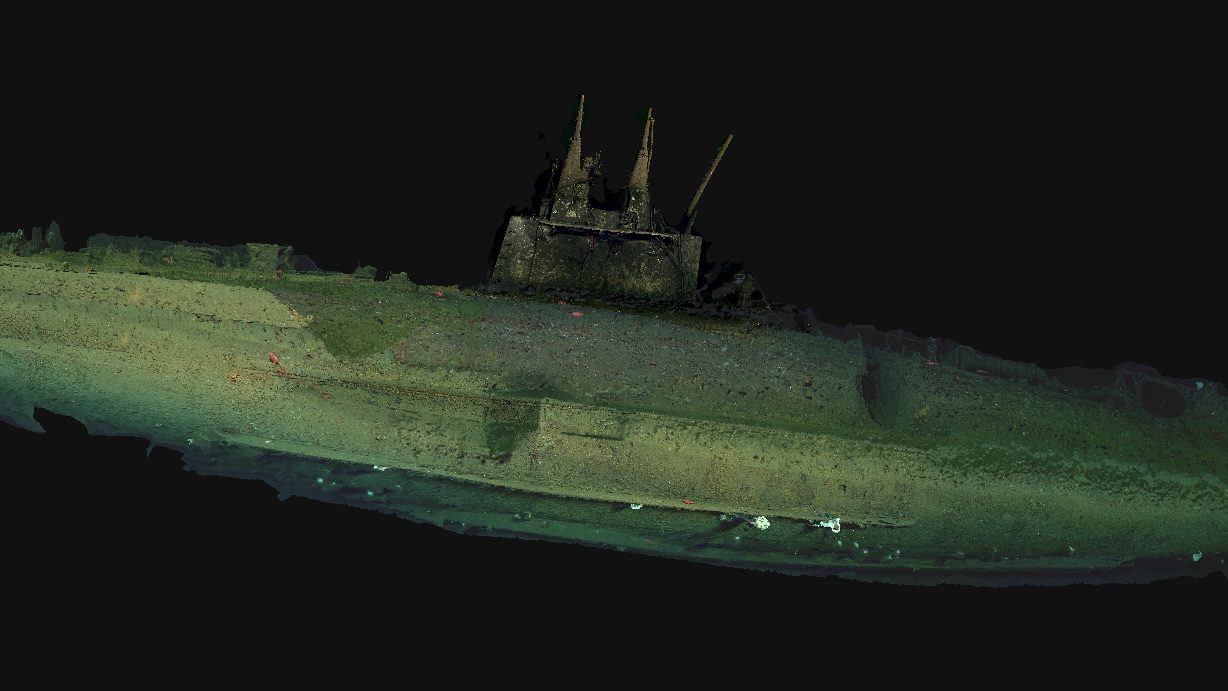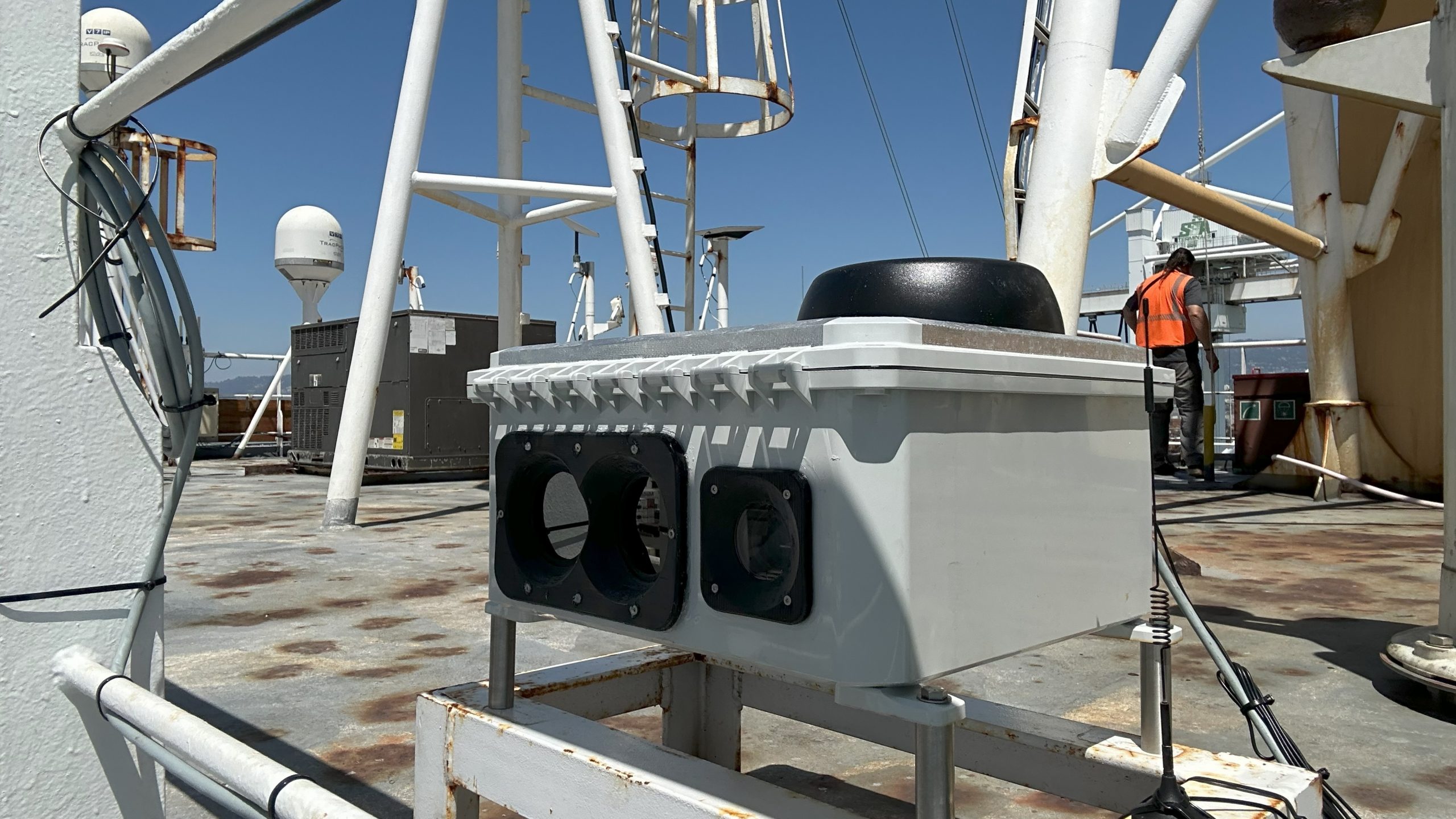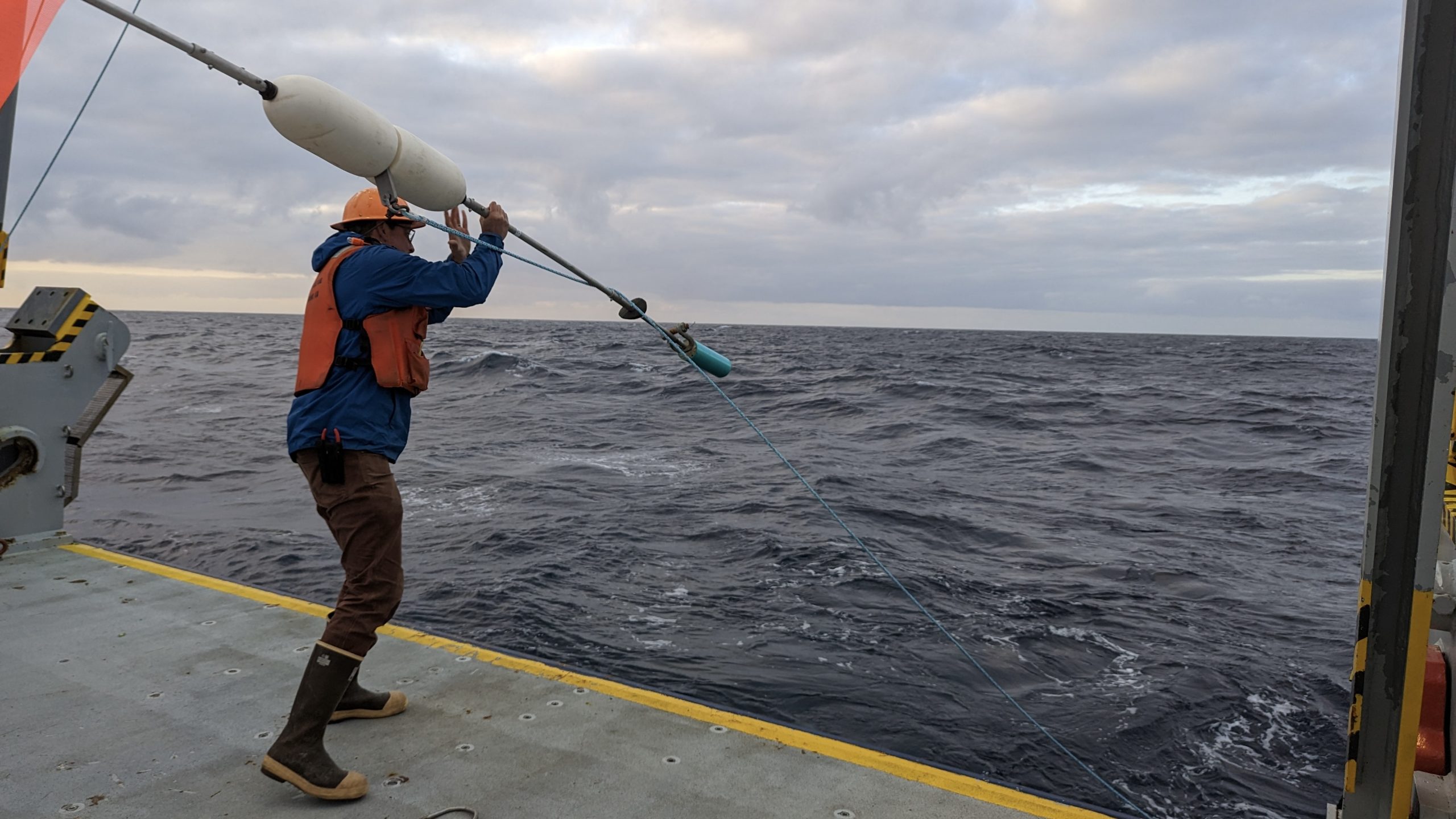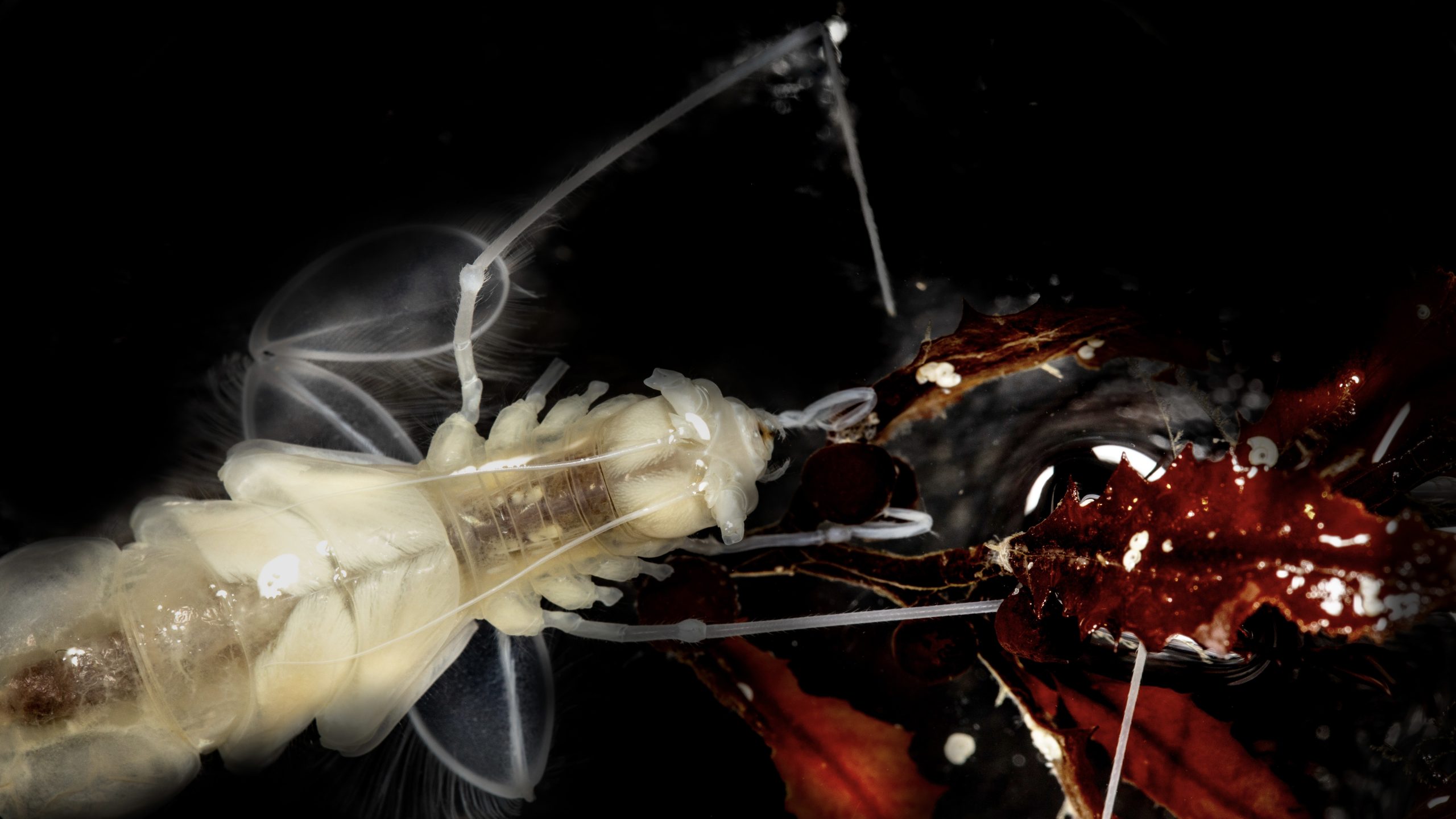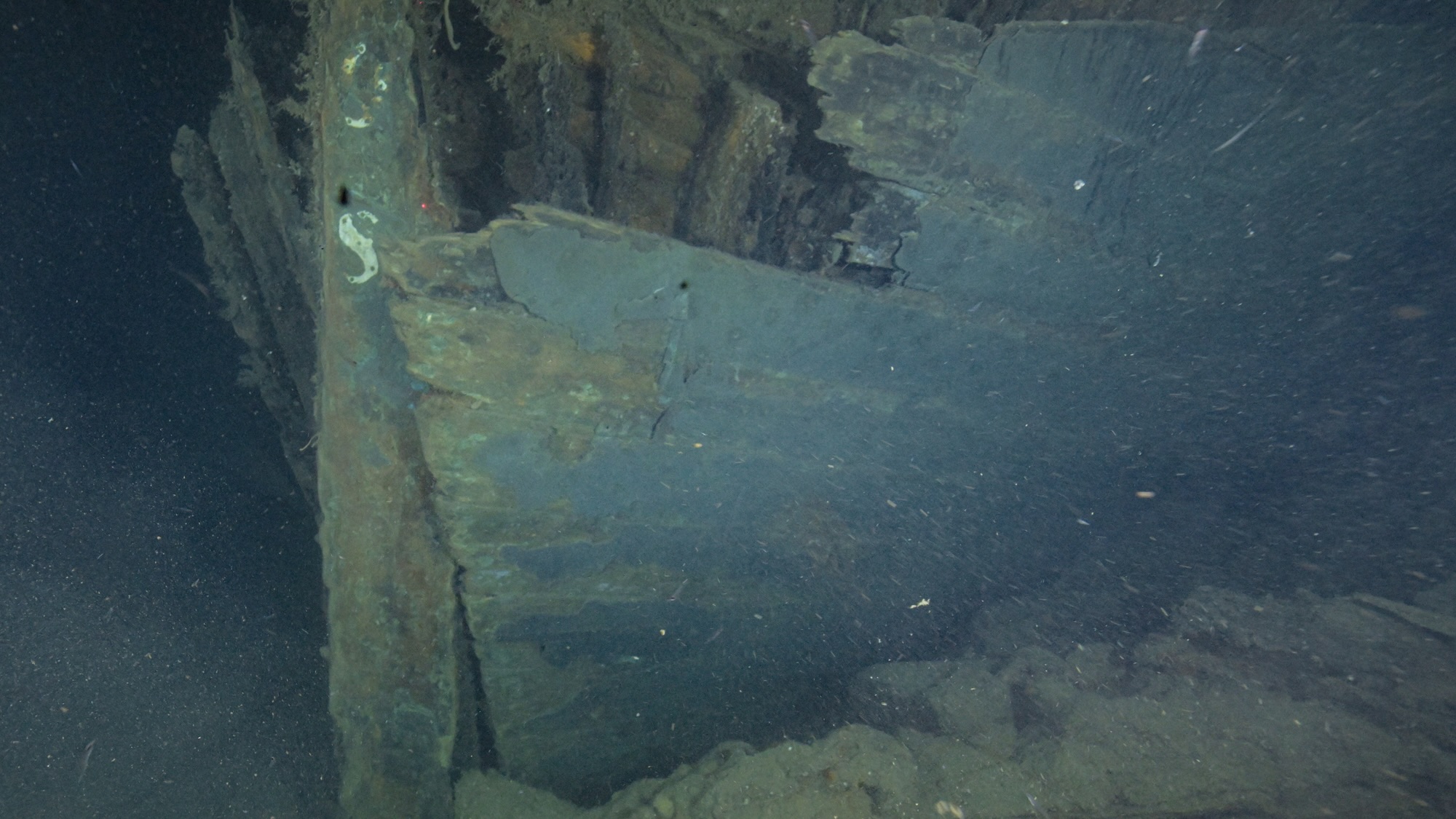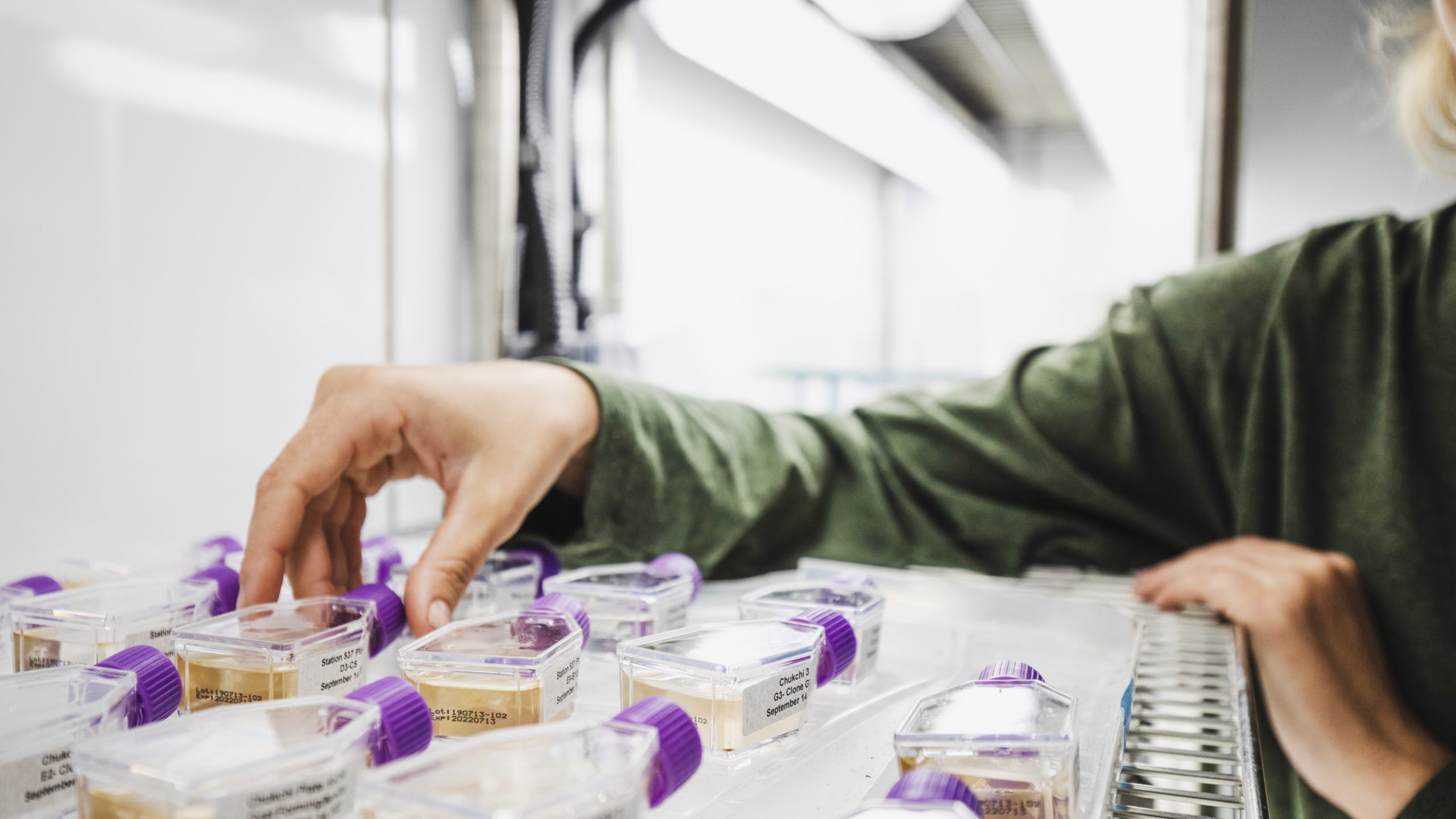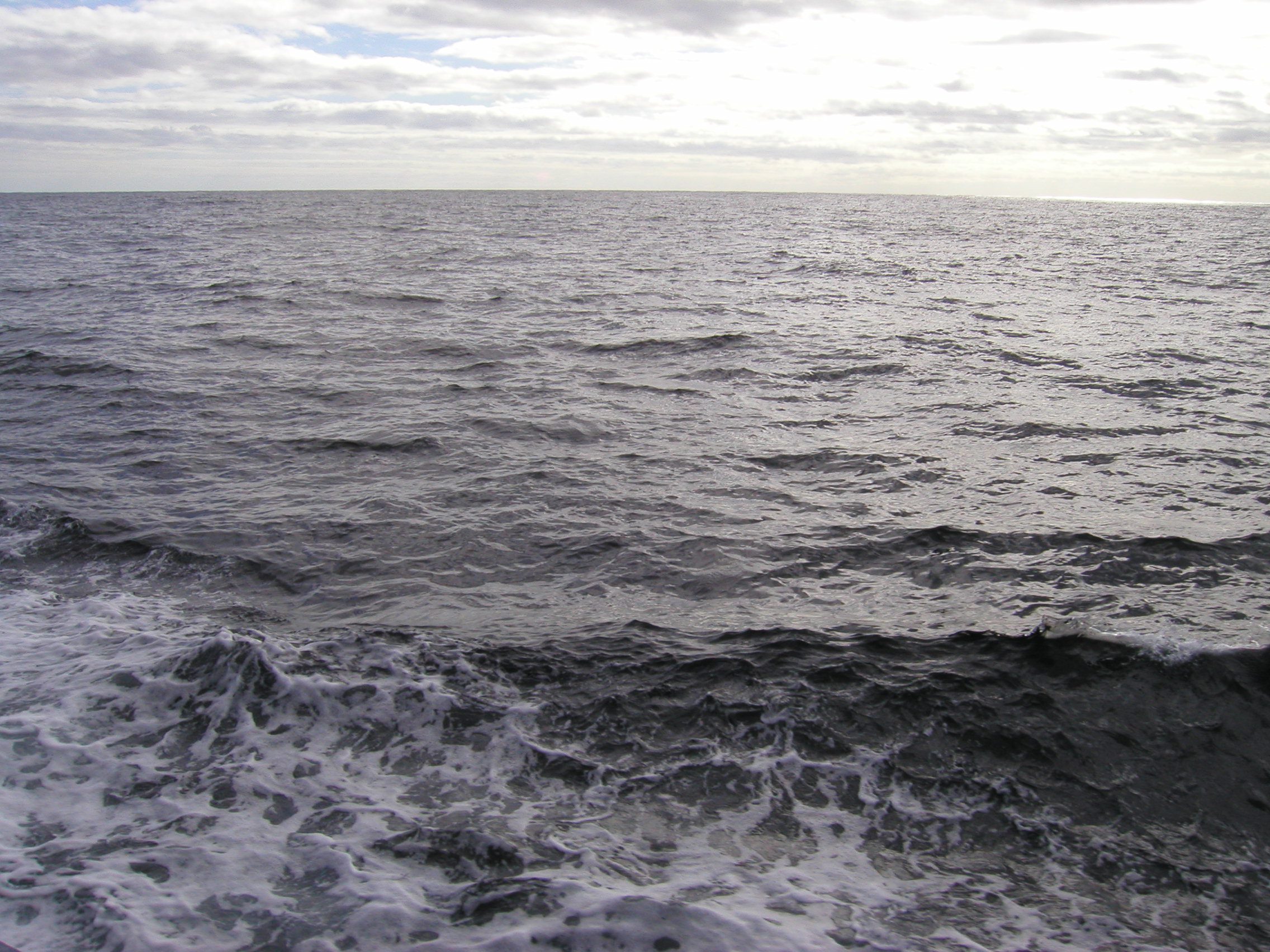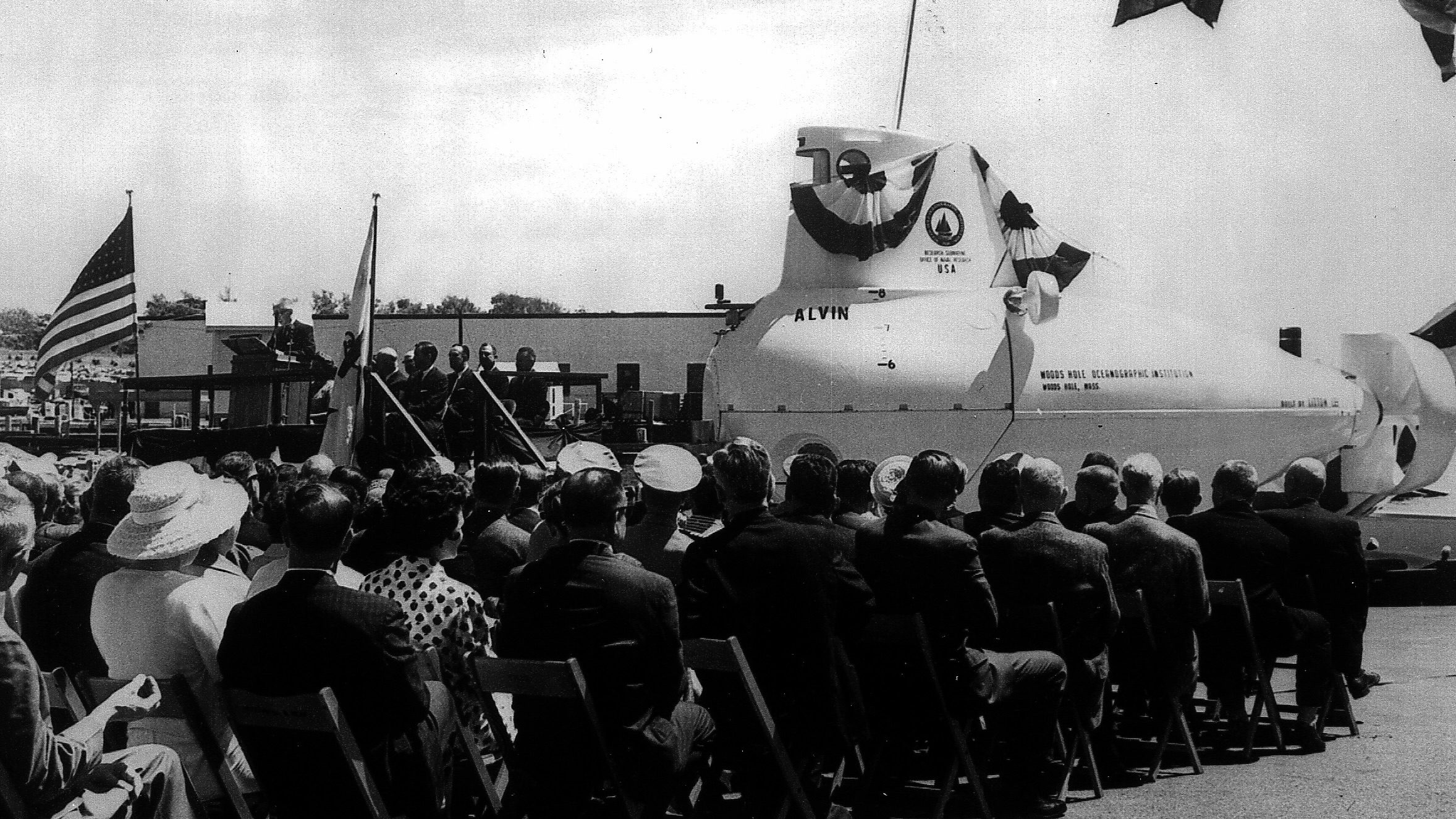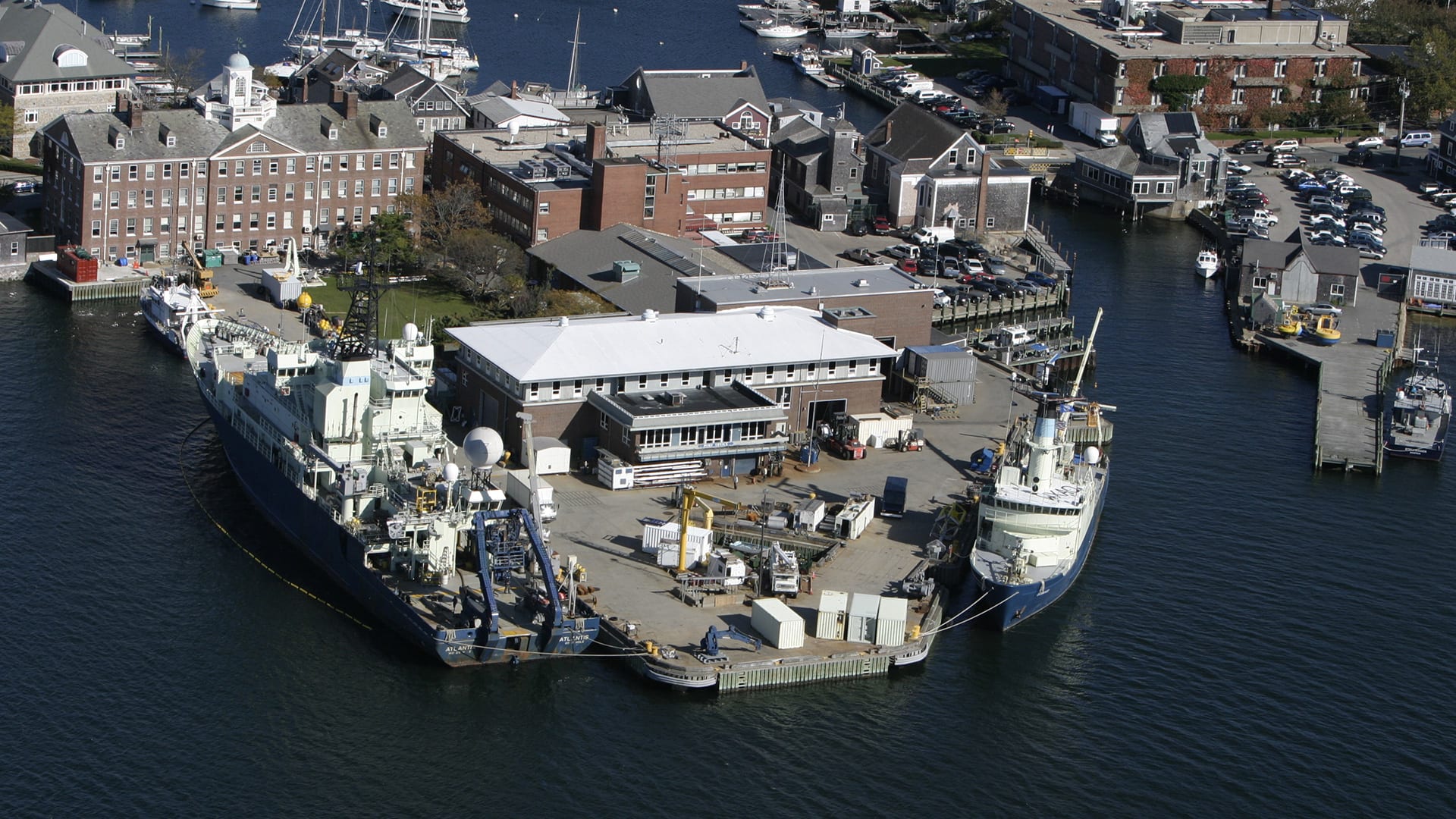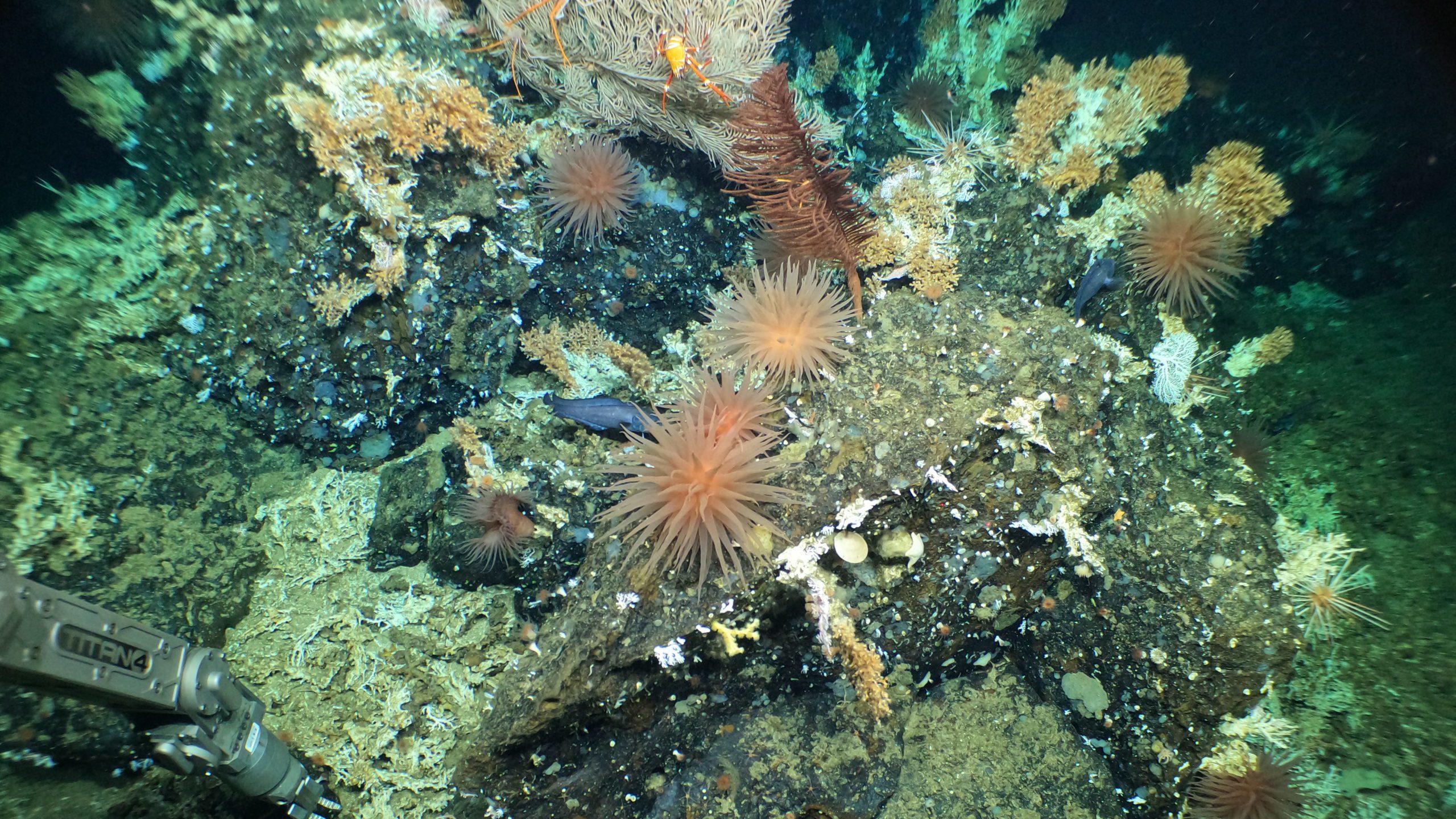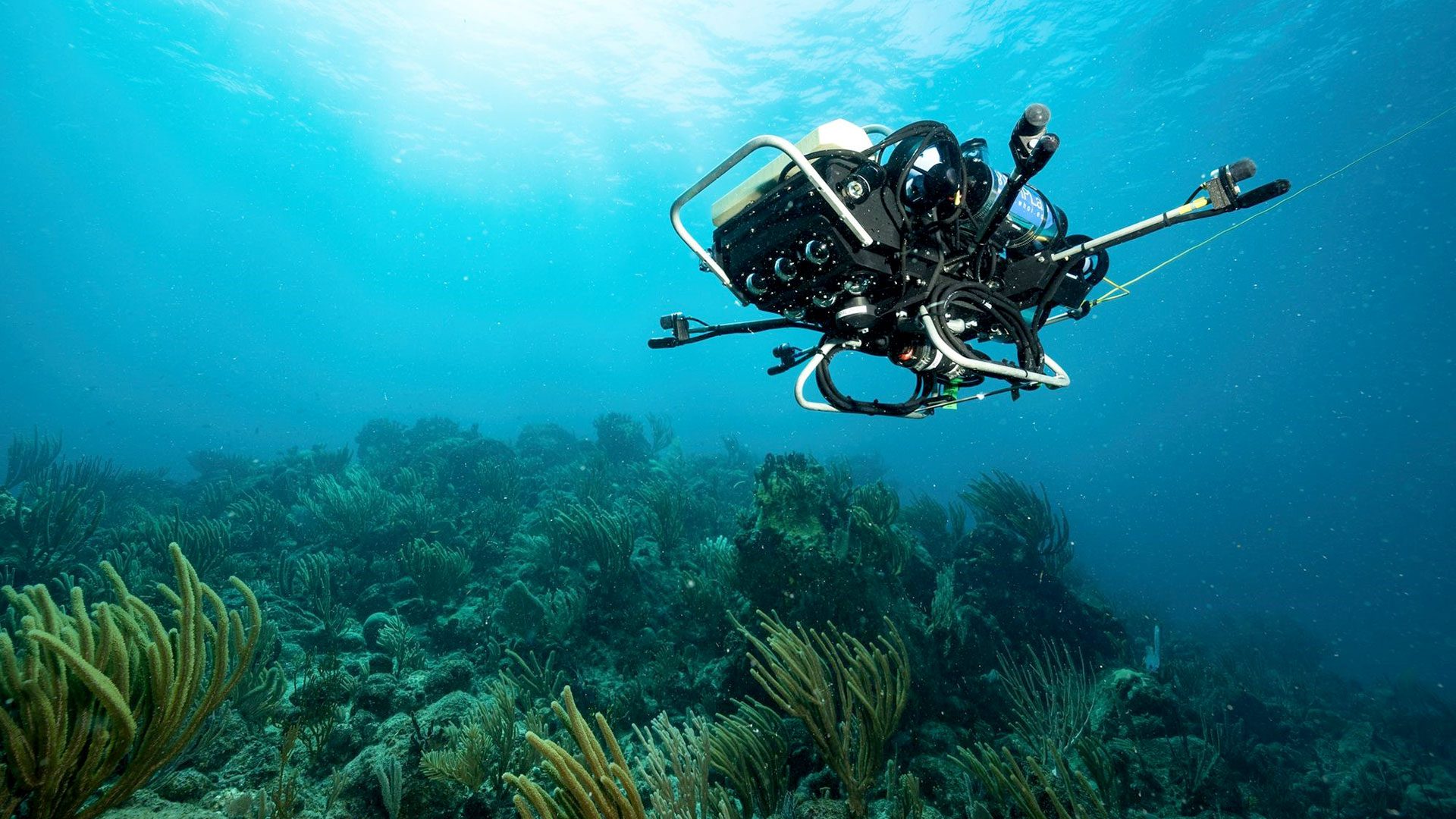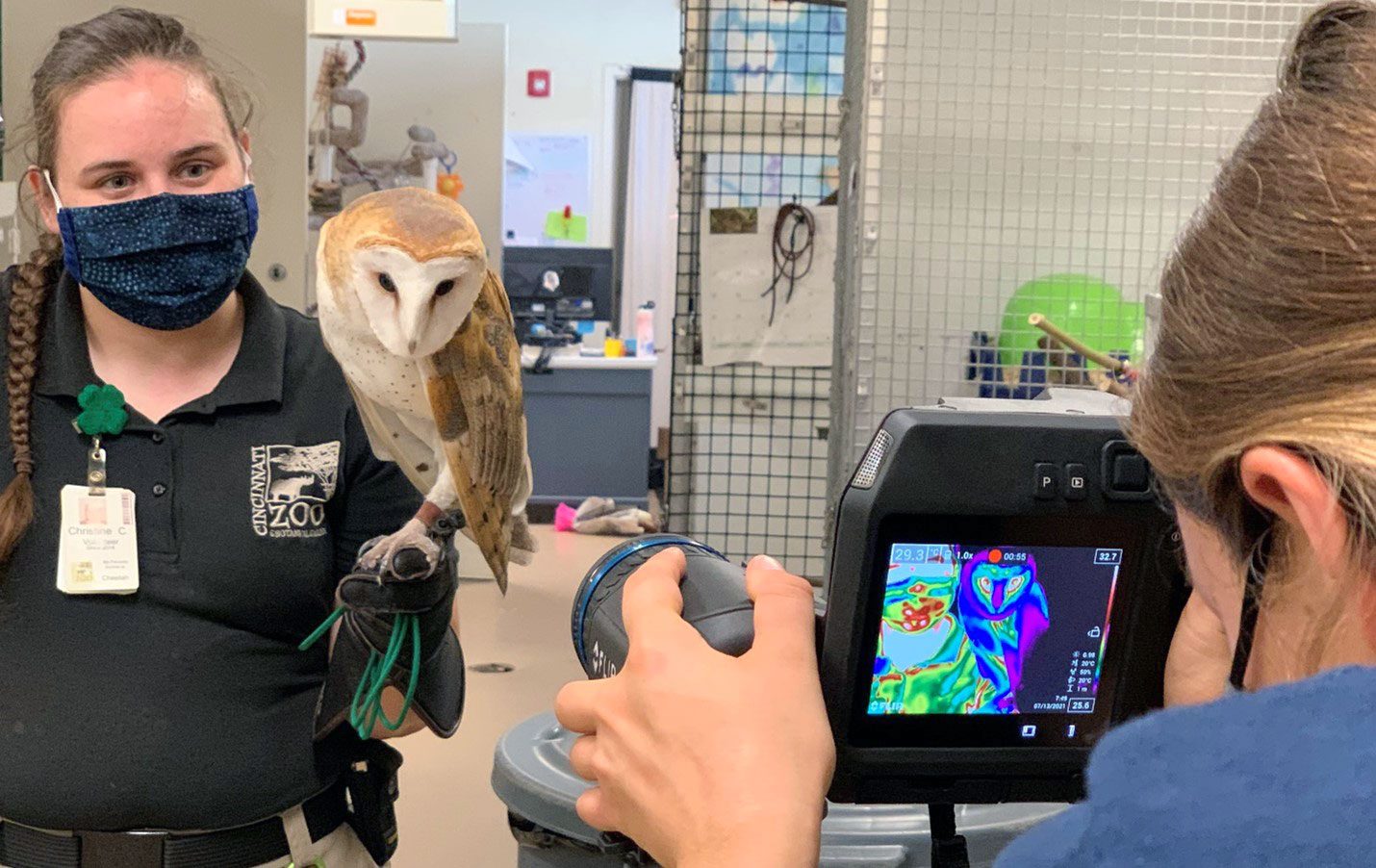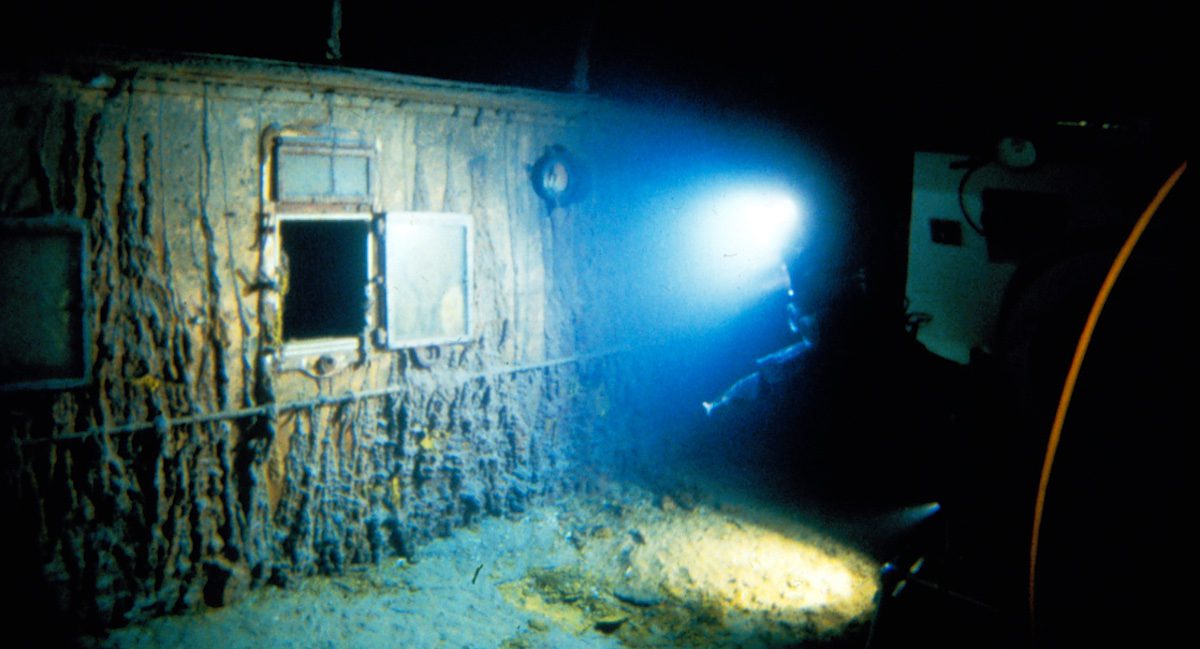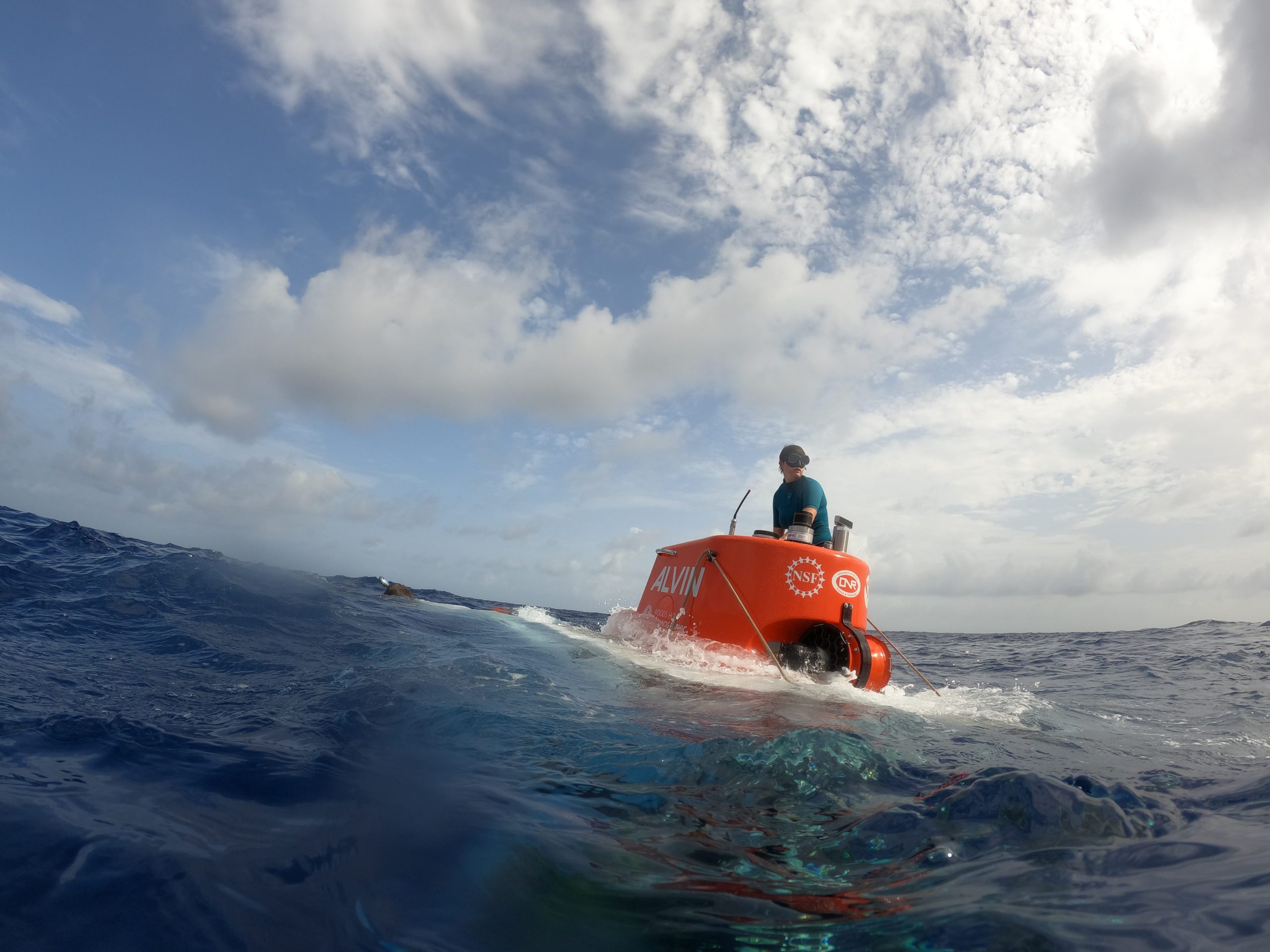News Releases
Re-envisioning Underwater Imaging
The Advanced Imaging and Visualization Laboratory (AIVL) at the Woods Hole Oceanographic Institution (WHOI) working with Marine Imaging Technologies has developed a revolutionary new multi-function, underwater imaging system capable of generating ultra-high definition television (UHDTV) video, 2-D mosaic imaging, and 3-D optical models of seafloor objects and environments. The new state-of-the-art technology is currently being field-tested on several submerged shipwreck sites in both the U.S. and Europe.
Read MoreWHOI Team Uses Advanced Imaging Data to Bring a New View of Titanic to the World
Newly released images of the Titanic wreck site provide the first unrestricted view of the world’s most notable maritime heritage site. These new images add to the already unprecedented collection…
Read MoreWoods Hole Oceanographic Institution’s Advanced Imaging Lab Assists in Location of Thunder Bay Shipwrecks
When a group of five high school students embarked on Project Shiphunt, an expedition in search of lost shipwrecks, in May in Lake Huron, the Woods Hole Oceanographic Institution’s Advanced Imaging and Visualization Lab (AIVL) was there, surveying and capturing 3D footage of the finds. The work was conducted as part of Project Shiphunt, an initiative developed by Sony and Intel Corp and led by National Oceanic and Atmospheric Association (NOAA).
Read MoreWHOI Receives Gordon and Betty Moore Foundation Grant for Oceanography Imaging Informatics
In a significant step toward a new era in the collection and understanding of ocean science data, the Woods Hole Oceanographic Institution (WHOI) has received a grant of more than $2 million from the Gordon and Betty Moore Foundation for work in imaging informatics in oceanography.
Read MoreNow in Broadband: Acoustic Imaging of the Ocean
Researchers at Woods Hole Oceanographic Institution (WHOI) have developed two advanced broadband acoustic systems that they believe could represent the acoustic equivalent of the leap from black-and-white television to high-definition…
Read MoreNew Imaging Vehicle Maps Coral Reefs to Determine Health of Reef and Fisheries
Deepwater coral reefs in the US Virgin Islands may occupy a much larger area and be in better health than previously thought, based on evidence gathered by a new autonomous underwater vehicle which flies through the sea like a helicopter.
Read MoreAdvances in Underwater Imaging Provide Scientists With New Eyes in an Amazing Undersea World
A new suite of deep-sea camera systems, including a prototype high definition color television camera, has captured some unprecedented images of exotic life forms living in total darkness and freezing…
Read MoreWhat can a whale’s breath tell us? According to a new study, a lot about its health
A first of its kind study links drone-collected respiratory microbes with health assessments, offering hope for protecting vulnerable populations
Read MoreForty years after the Titanic discovery, WHOI continues to advance ocean research and exploration
How cutting-edge technology, novel search techniques, and persistence paid off
Read MoreGroundbreaking research sheds light on how whales and dolphins use sound
Differences in brain structure between echolocating and non-echolocating marine mammals offers insight into auditory processing
Read MoreDeep ocean technology offers never before seen images of lost WWI submarine
The interdisciplinary mission included team members from the U.S Navy, Naval History and Heritage Command, National Science Foundation.
Read MoreShip-mounted camera systems increase protections for marine mammals
This technology uses thermal imaging to detect a whale’s body or spout and provides real-time information on their distance and bearing from a vessel.
Read MoreMicrobe Dietary Preferences Influence the Effectiveness of Carbon Sequestration in the Deep Ocean
A series of seemingly small processes helps carry carbon dioxide from the ocean’s surface to the deep sea, where it can be stored away for decades.
Read MoreSwimming crustacean eats unlikely food source in the deep ocean
Increased capabilities in the human occupied submersible Alvin open a window on a rarely seen behavior.
Read MoreWHOI Sea Grant receives funding to support community-driven marine debris solutions
WHOI Sea Grant among recipients; funding will support innovative marine debris prevention and removal
Read MoreThe Detection of a Massive Harmful Algal Bloom in the Arctic Prompts Real-Time Advisories to Western Alaskan Communities
The potent toxicity of the 2022 HAB event “posed an unprecedented risk to human and ecosystem health.”
Read MoreWoods Hole Oceanographic Institution working with Ocean Discovery League on next generation deep ocean sensor system
Group received $1.2MM NOAA grant, one of the largest single investments in technology targeting the deep sea.
Read MoreSixty Years of Deep Ocean Research, Exploration, and Discovery with Human-Occupied Vehicle Alvin
In June 1964, the world’s first deep-diving submersible dedicated to scientific research was commissioned. What have we learned over the past 60 years?
Read MoreSpring 2024: Woods Hole Oceanographic Institution Elects New Trustees and Corporation Members
At Woods Hole Oceanographic Institution’s (WHOI’s) Spring Joint Meeting of the Board and Corporation today, Institution leaders elected three new Trustees and seven new Corporation Members.
Read MoreScientists Aboard R/V Atlantis Discover Deep-Sea Coral Reefs in the Galápagos
Observations using the newly upgraded human-occupied vehicle Alvin are the first of a deep-water coral reef in the Galápagos Marine Reserve.
The reefs are located at depths between 400-600 m, atop previously unmapped seamounts.
Toward a New Era of Reef Solutions
WHOI coral reef researchers propose a new technology-centered focus to study and conserve coral reefs
Read MoreWoods Hole Oceanographic Institution partners with zoological facilities to find new ways to study heart rate, respiration in wild animal populations
Baseline data collected in controlled settings offers a glimpse into how researchers might be able to use the technique to study animals in the wild
Read MoreWoods Hole Oceanographic Institution releases rare video footage from the first submersible dives to RMS Titanic
In the submersible Alvin, the mission was the first time humans set eyes on the wreck since it sank nearly 75 years earlier.
Read MoreHuman-occupied vehicle Alvin successfully completes science verification
After three weeks in the Puerto Rico trench and Mid Cayman Rise, Alvin is certified to return to research with its new max depth of ~4 miles
Read More
